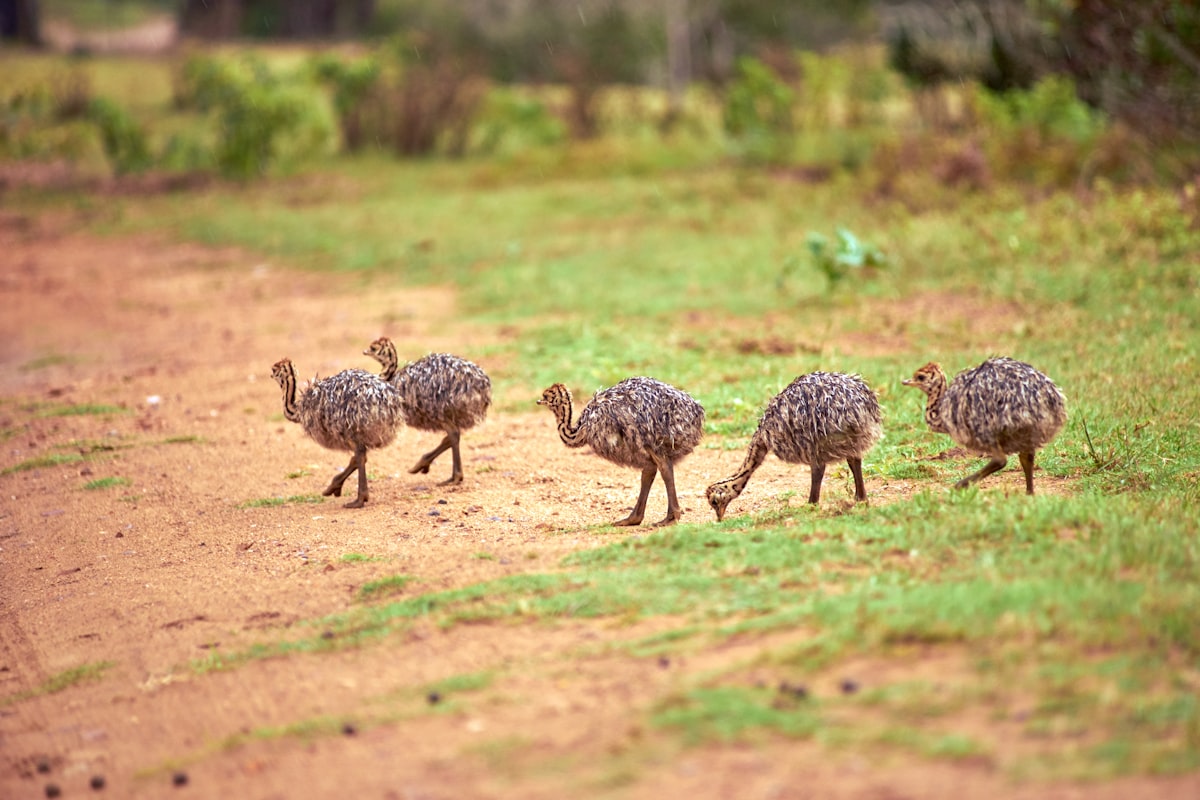A New Approach Sheds Light on Ancient Movement

Last week (Feb. 2024), a new [study] was published that tested old ideas about how dinosaurs move.
When paleontologists find bones, one way to understand how dinosaurs moved is to hold the bones together and physically move them around, seeing what looks “right” and what looks “wrong.” This is how we formed our early ideas of how dinosaurs walked around – by testing how the bones move against each other as they bend at their joints.
But checking if something “looks right” isn’t exactly scientific. By which I mean, one person might do that a bit differently from the next person, and if there isn’t a measurement, we cannot repeat the experiment. And repeatability is a founding idea behind scientific experiments.
This new study aimed to test these early ideas of movement in dinosaur joints by adding measurements and values to the intuition of appearance. The team was led by Dr. Armita Manafzadeh, who I interviewed [this week].
She first created digital models of the foot and ankle bones of an emu, guineafowl, and the movie famous Deinonychus. She then rotated the bones in over 186,000 unique poses and scored each pose on a number of ‘goodness of fit’ values.

Once she had the models, she looked at joint poses in the living birds emu and guineafowl and found that the joint poses that had scored the highest in her models, were exactly the poses the birds used for walking and standing.
Lastly, she modeled the foot bones of Deinonychus to model, for the first time, how this dinosaur would have moved its toes in a typical footstep [video here].

She and her team found based on scoring the likeliest joint poses, that the giant ‘killer claw’ of Deinonychus and other raptors was more likely held up, or used for pinning prey, rather than slashing or digging.
This study adds an important new, analytical method to figuring out how extinct animals could move, and makes it possible to access this information with digital models rather than requiring physical bones.